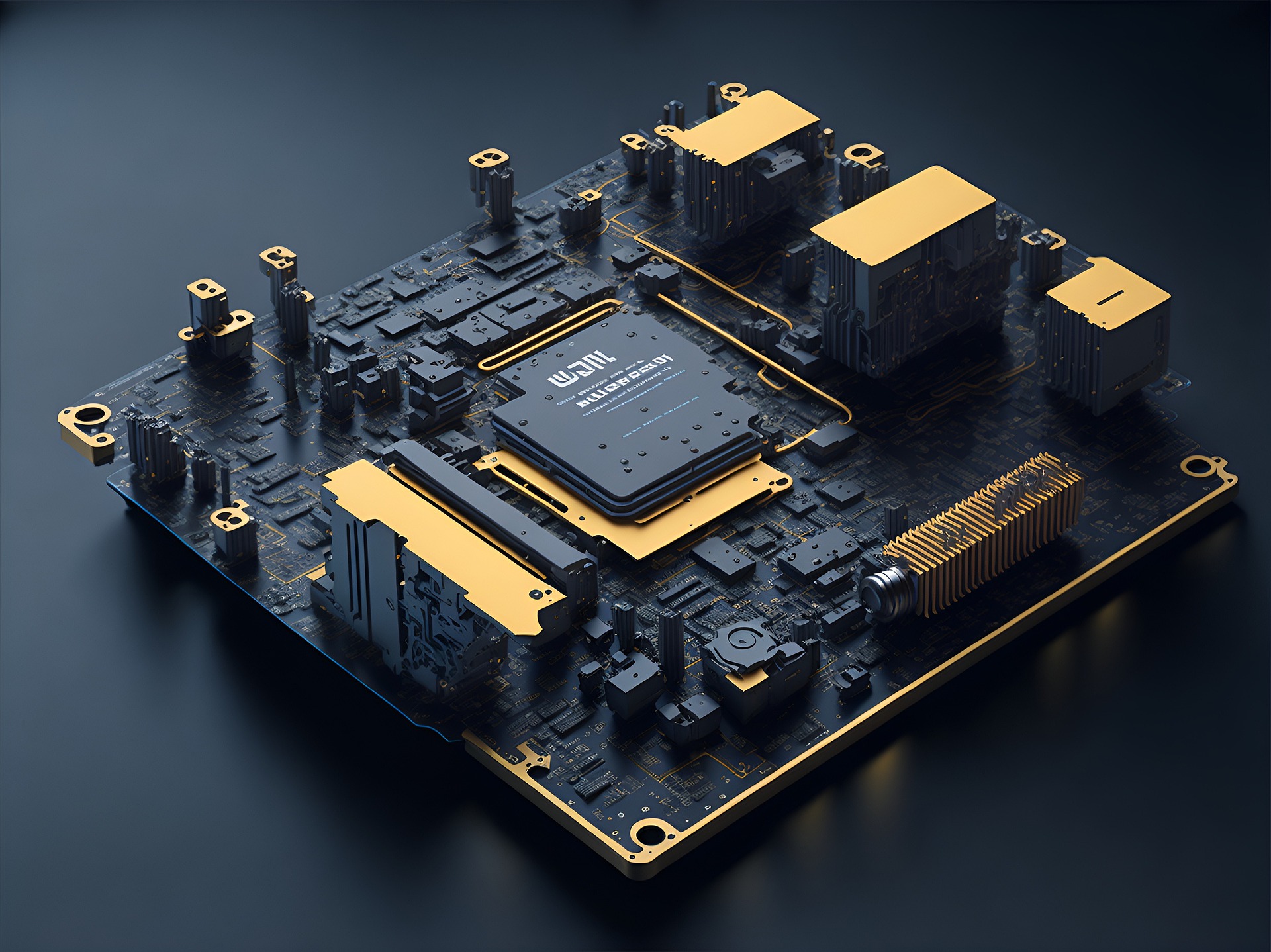Unveiling the Hidden Potential of Memristors
In the ever-evolving landscape of computing technology, a groundbreaking component is quietly making waves: the memristor. This unassuming electronic element, long theorized but only recently realized, promises to revolutionize the way we process and store data. As we stand on the cusp of a new era in computing, memristors are poised to unlock unprecedented possibilities in artificial intelligence, neuromorphic computing, and beyond.

First theorized by Leon Chua in 1971, memristors remained a theoretical concept for decades. It wasn’t until 2008 that researchers at Hewlett-Packard successfully created a physical memristor, confirming Chua’s predictions and igniting a surge of interest in the scientific community.
How Memristors Work
At its core, a memristor is a two-terminal electronic device whose resistance depends on the history of current that has flowed through it. This behavior is fundamentally different from traditional circuit elements, which have fixed properties regardless of their past states.
When current flows through a memristor in one direction, its resistance increases; when current flows in the opposite direction, its resistance decreases. Crucially, the memristor retains this resistance value even when the power is turned off, making it a non-volatile memory element.
This unique characteristic allows memristors to store and process information simultaneously, blurring the line between memory and computation in ways that traditional von Neumann architecture cannot achieve.
Applications in Neuromorphic Computing
One of the most exciting applications of memristors lies in the field of neuromorphic computing—the development of computer systems that mimic the structure and function of biological brains.
Traditional computers struggle to efficiently process the complex, parallel operations that come naturally to biological neural networks. Memristors, with their ability to emulate synaptic behavior, offer a potential solution to this challenge.
By arranging memristors in dense crossbar arrays, researchers can create artificial neural networks that operate with unprecedented speed and energy efficiency. These networks can perform complex cognitive tasks, such as pattern recognition and decision-making, with a fraction of the power consumption of conventional systems.
Revolutionizing Data Storage
Beyond their applications in neuromorphic computing, memristors also hold immense potential for transforming data storage technologies. Current solid-state drives (SSDs) rely on floating-gate transistors to store information, but memristor-based storage could offer significant advantages in terms of speed, density, and power efficiency.
Memristor-based memory, often referred to as Resistive Random-Access Memory (ReRAM), promises to combine the speed of SRAM, the density of DRAM, and the non-volatility of flash memory. This combination could lead to universal memory solutions that eliminate the need for separate volatile and non-volatile memory components in computing systems.
Challenges and Future Prospects
Despite their promising potential, memristors face several challenges on the path to widespread adoption. Manufacturing consistency, long-term reliability, and integration with existing CMOS technology are among the hurdles that researchers and engineers are working to overcome.
However, the potential benefits of memristor technology are driving significant investment and research efforts. Major tech companies and research institutions are actively exploring memristor applications, with some projecting that memristor-based products could enter the market within the next few years.
As development continues, we can expect to see memristors playing an increasingly important role in fields ranging from edge computing and Internet of Things (IoT) devices to high-performance computing and artificial intelligence.
The emergence of memristor technology represents a fascinating convergence of electronic engineering, computer science, and neurobiology. As we continue to unlock the full potential of these remarkable devices, we may find ourselves on the brink of a computing revolution that fundamentally changes how we process, store, and interact with information in the digital age.





